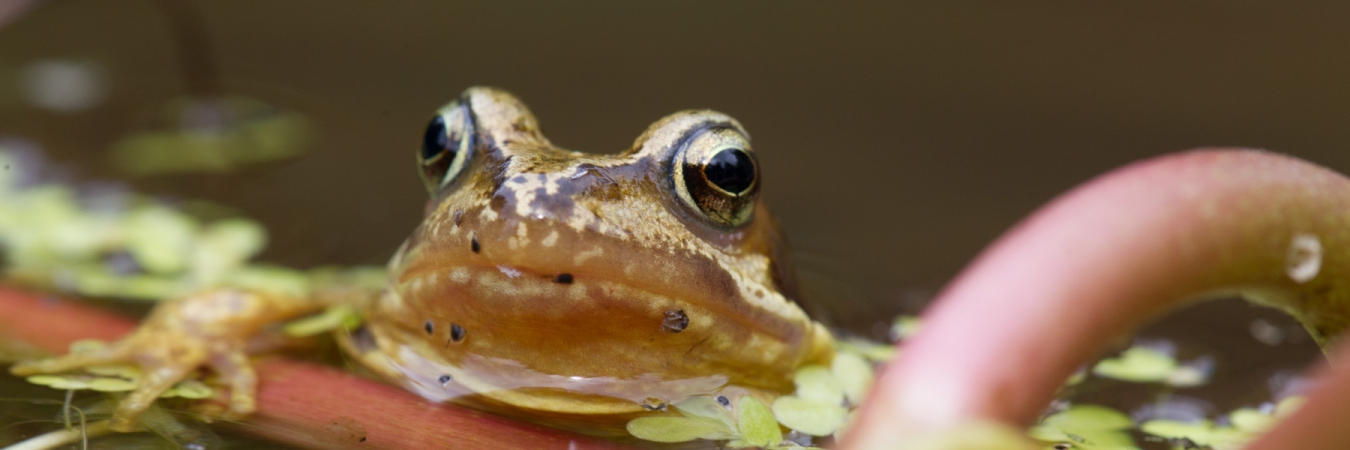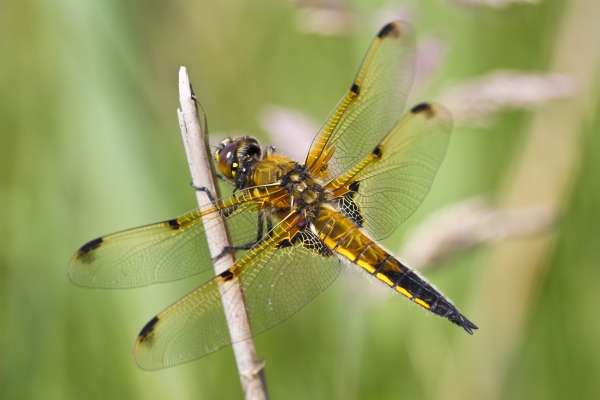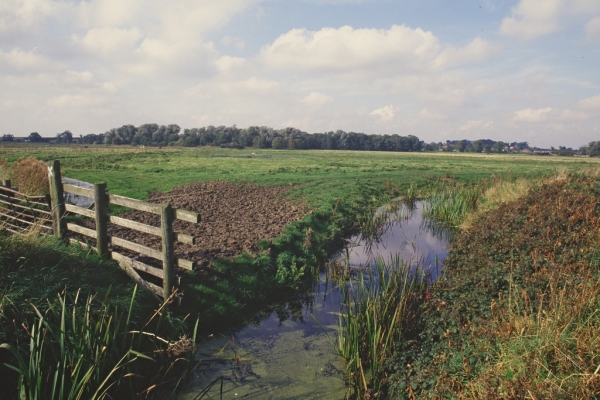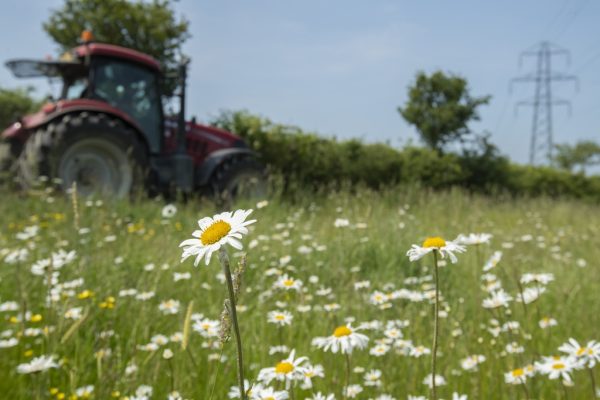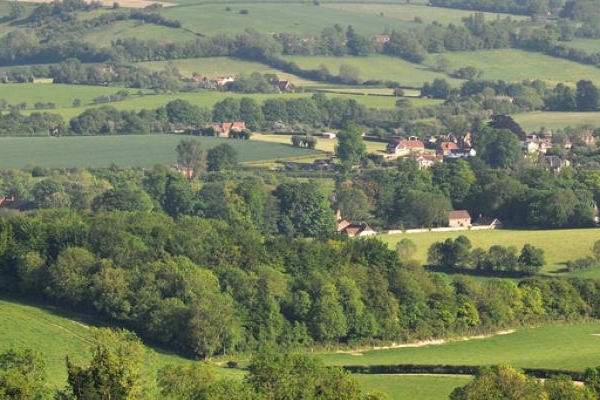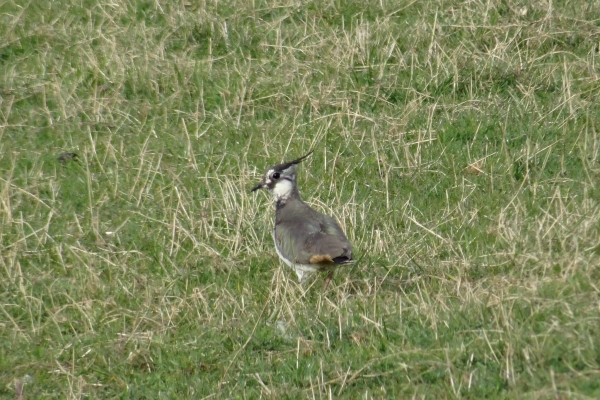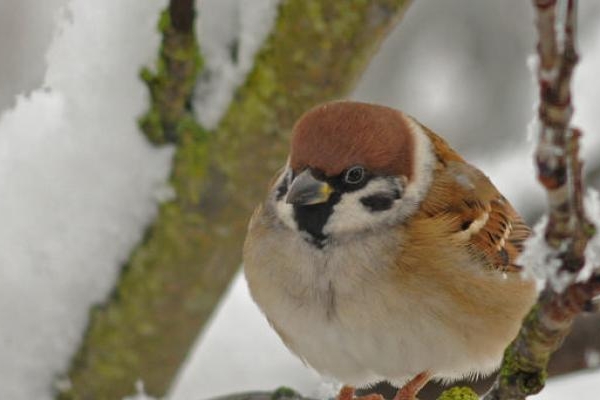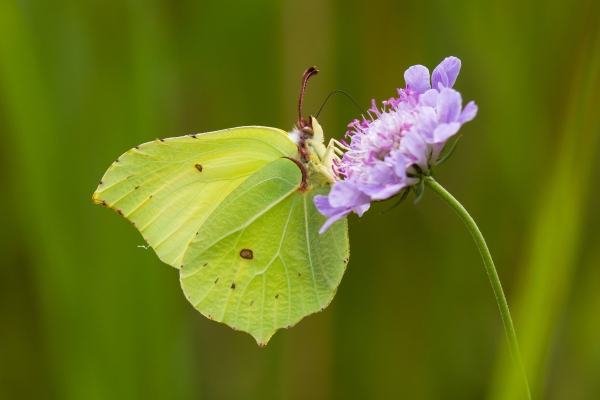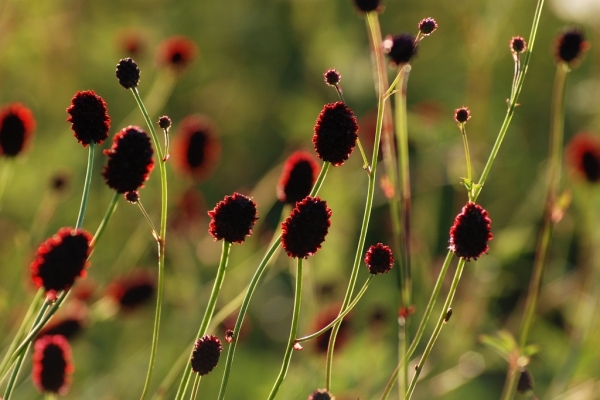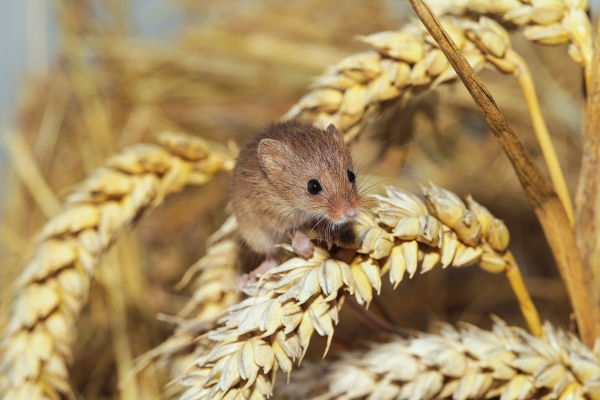Amphibians and reptiles on farmland
Wildlife & Farming handbook
Resource explained
Over recent decades, all of Britain’s amphibians (frogs, toads and newts) and reptiles (snakes and lizards) have declined. Good quality ponds, especially warm ones, are vital breeding habitats for amphibians in the spring, when spawn or tadpoles can often be seen. At other times of year adult toads, frogs and newts need wooded areas, scrub or hedgerows for hibernation, feeding and shelter. Of the reptiles, the grass snake is most likely to be encountered on farmland. Reptiles require open areas for warmth and more vegetated areas for shelter. Linking suitable areas of habitat across the landscape for these species is particularly important. This chapter from WildCRU’s Wildlife & Farming handbook highlights how to help conserve reptiles and amphibians on farmland, and summarises WildCRU studies on the importance of ditches and the impacts of pond loss.
Findings & recommendations
Creating and managing habitats for amphibians and reptiles is complementary to conservation management for other farmland wildlife and will help support these charismatic yet declining animals.
- Ponds with warm, sunny aspects will especially benefit amphibians.
- Areas of tussocky grasses, field and woodland edges, and linear features through the landscape will help frogs, toads and newts.
- A WildCRU survey of ponds in the Upper Thames region in spring found toads, toad tadpoles, or toad spawn in 7 out of 75 ponds – a similar occupancy rate to other studies on lowland farmland. These ponds were important breeding sites.
- For reptiles such as the grass snake, manage vegetation for variable height and structure with a mixture of scrub, tangled areas, bare patches, lots of edges and good basking places.
- Sunny aspects and sheltered locations are especially important for reptiles.
- Reptiles do not disperse very readily, so create and maintain continuous, linked, or close patches of suitable habitat to help prevent populations from becoming isolated.
- A WildCRU study investigated summer use of field boundary habitats by amphibians and reptiles: ditches, hedgerows and field margins were all used by grass snakes, toads and common lizards for basking and foraging.
(Header image: Common Frog. Photo credit: Allan Drewitt, Natural England)
